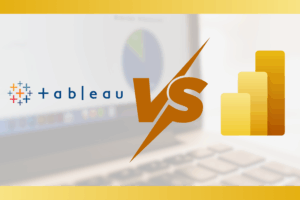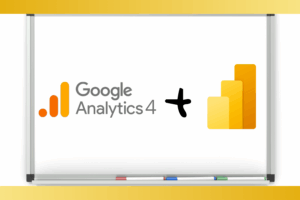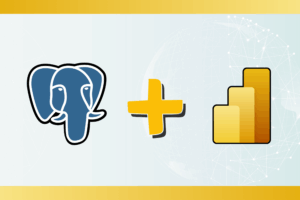Data has become one of the most valuable assets for any organization. However, simply having data is not enough — the key lies in the effective integration of information from multiple sources, such as ERP systems, Excel spreadsheets, and CRM tools. This is where Power BI plays a crucial role, enabling companies to transform raw data into coherent reports and clear visualizations.
Many organizations still rely on traditional reports generated within their ERP systems. While functional, this approach is often insufficient when quick responses and real-time trend analysis are required. Integrating ERP with Power BI addresses this challenge by creating a single source of truth for all departments — from finance to sales.
As a result, managers gain a complete view of business performance, can analyze data in the context of processes, and make decisions based on factual insights rather than intuition.
Have you ever wondered how to choose the right Business Intelligence tool for your company? Power BI vs Qlik is a topic that comes up in nearly every conversation about selecting a data analysis solution. And it’s no surprise – picking the right BI tool requires careful consideration. While the general principles of BI tools are similar, they differ in many ways, making it essential to understand these differences and choose the solution that best fits your business needs.

In today’s business world, access to reliable and up-to-date data is crucial for making informed decisions. Business Intelligence (BI) tools are becoming increasingly important because they allow companies to analyze large volumes of data from various sources – ERP, CRM, Excel spreadsheets, financial systems, or marketing platforms. This enables managers and analysts to monitor results in real time, identify trends, and respond faster than the competition.
Have you ever spent hours merging data from Excel, your ERP system, and CRM, just to prepare a single report in Power BI? Manual filters, DAX formulas, exports, and endless tweaks – sounds familiar, right? Now imagine this: you just type a question in plain language, “Show me July sales broken down by region” – and within seconds, you have a ready-made chart.

If you’ve ever worked with data in Google Analytics, you know it’s a goldmine of insights. Website traffic, traffic sources, user behavior, conversions — everything laid out clearly. But is that really all you need to make solid business decisions?
Imagine this: your latest marketing campaign increased website traffic by 30%. Great news, right? But… did that traffic actually generate revenue? Did the visitors end up making a purchase — for example, after filling out a form and speaking to a consultant? That’s something Google Analytics won’t tell you.
Is Power BI in the cloud the right fit for your company? Or maybe you’re wondering: is it secure, and will my data work just as smoothly as it does on local servers?
These are questions we hear all the time. Especially from companies that have been relying on Excel, Power BI Desktop, or data stored “on their own server” up to this point. After all, moving reporting to the cloud involves technology, budget—and, let’s be honest—trust.
That’s why in this article, we’re taking a closer look at what Power BI Cloud really is, how it works in practice, and in which scenarios it can seriously make life easier—for both your analytics team and decision-makers. No corporate buzzwords, just clear, practical insights. Let’s dive in!
Does your company collect data from multiple systems but still struggle to get a clear picture of what’s really happening? Are you wondering how to turn raw numbers into meaningful business decisions? This is where Power BI analytics comes into play – a solution that helps you connect, organize, and extract real insights from your data.
Why does it matter? Because in today’s world, the winners are those who notice change early – and respond to it accurately. Data analysis isn’t just a buzzword, it’s a daily practice for companies that want to grow with intention. According to Microsoft, Power BI not only simplifies data analysis but also enables real-time decision-making and scales alongside your business. Does your company collect data from multiple systems but still struggle to get a clear picture of what’s really happening? Are you wondering how to turn raw numbers into meaningful business decisions? This is where Power BI analytics comes into play – a solution that helps you connect, organize, and extract real insights from your data.
Why does it matter? Because in today’s world, the winners are those who notice change early – and respond to it accurately. Data analysis isn’t just a buzzword, it’s a daily practice for companies that want to grow with intention. According to Microsoft, Power BI not only simplifies data analysis but also enables real-time decision-making and scales alongside your business.

PostgreSQL is one of the most popular open-source databases used in companies — stable, fast, and highly flexible. If your organization uses it to store sales data, CRM, orders, or any other business-critical information, then the next natural step is to analyze that data in Power BI.
Is your company working with data from various sources—ERP systems, Excel spreadsheets, CRM platforms, e-commerce tools, or marketing systems—and starting to feel like you’re drowning in analytical chaos?